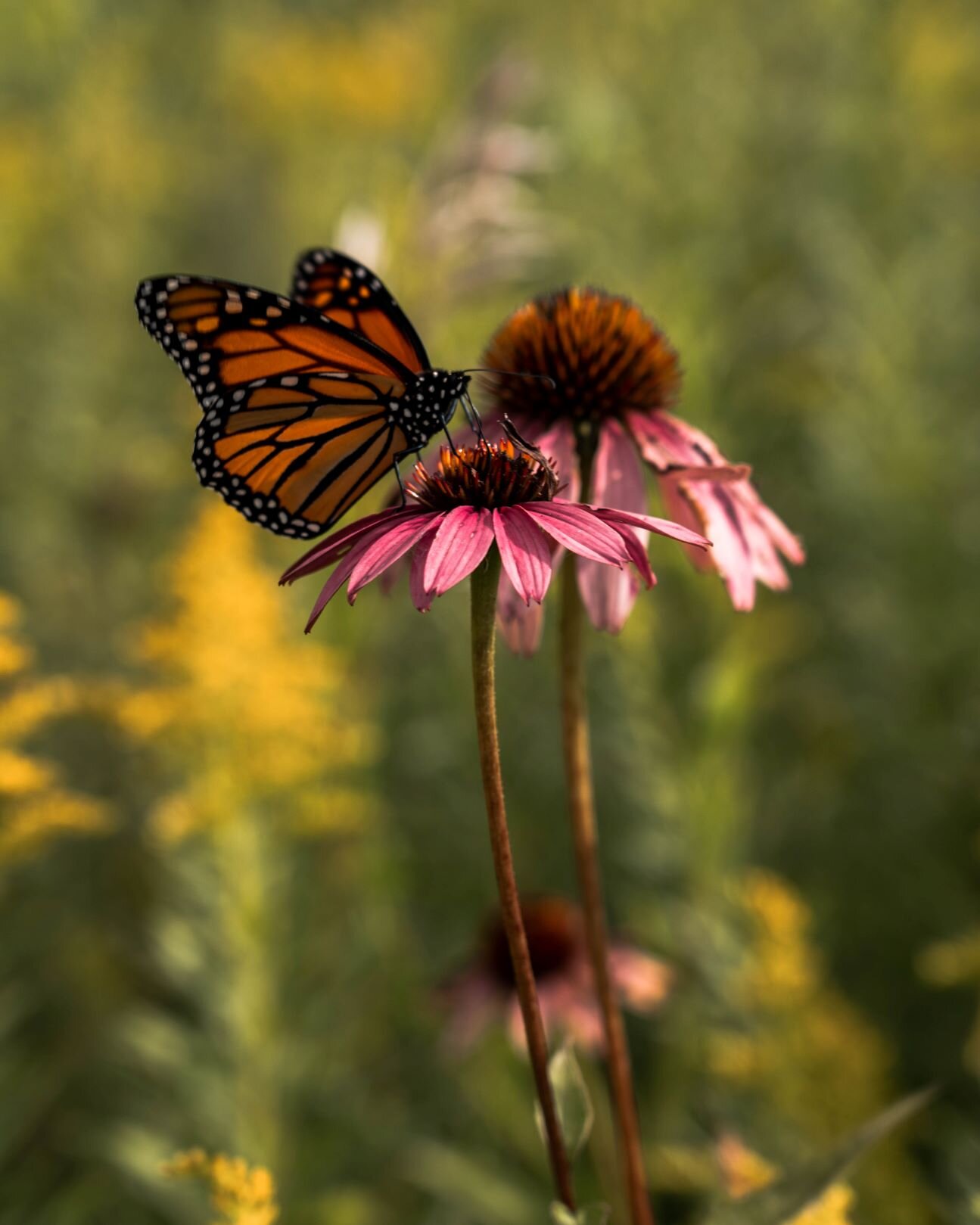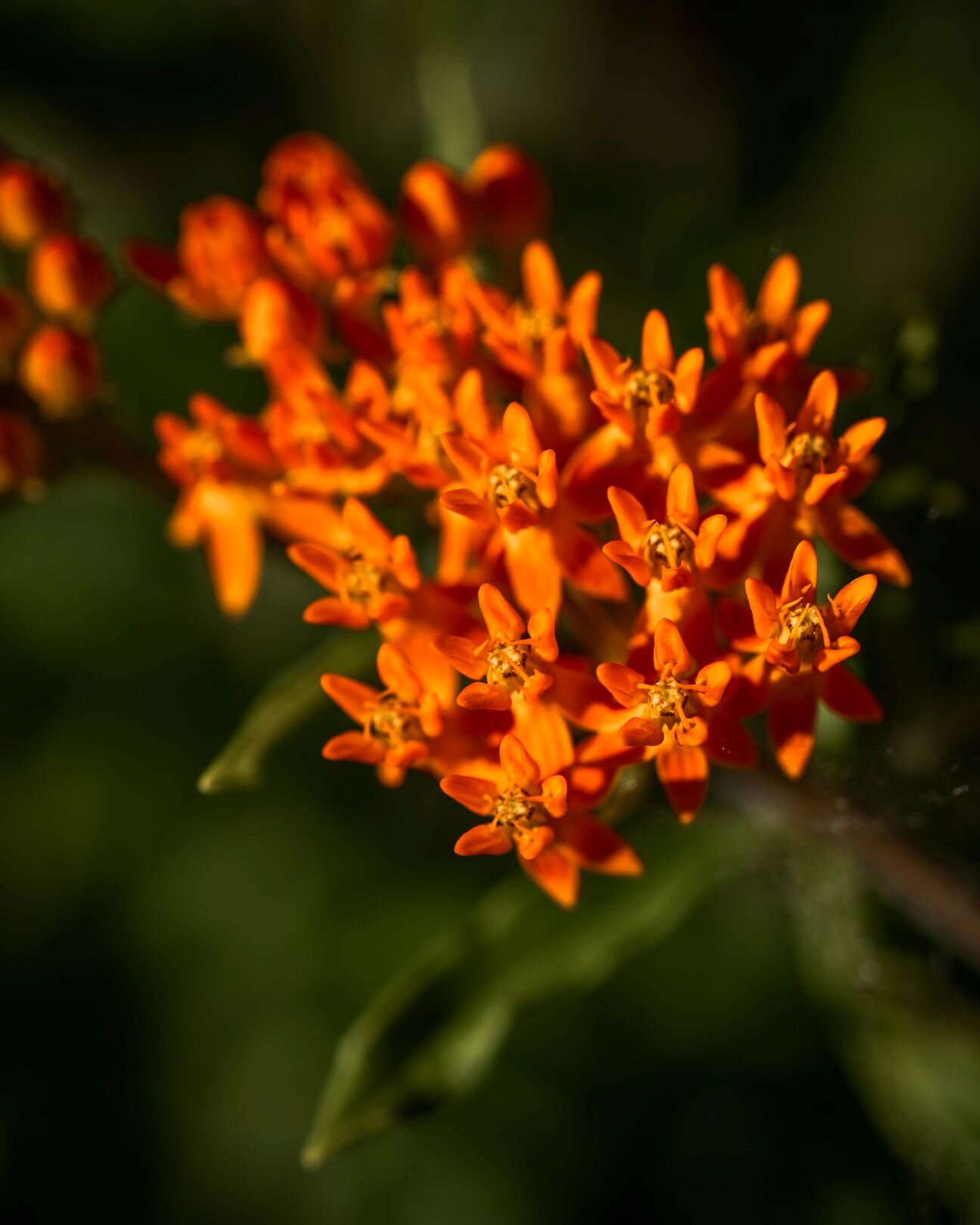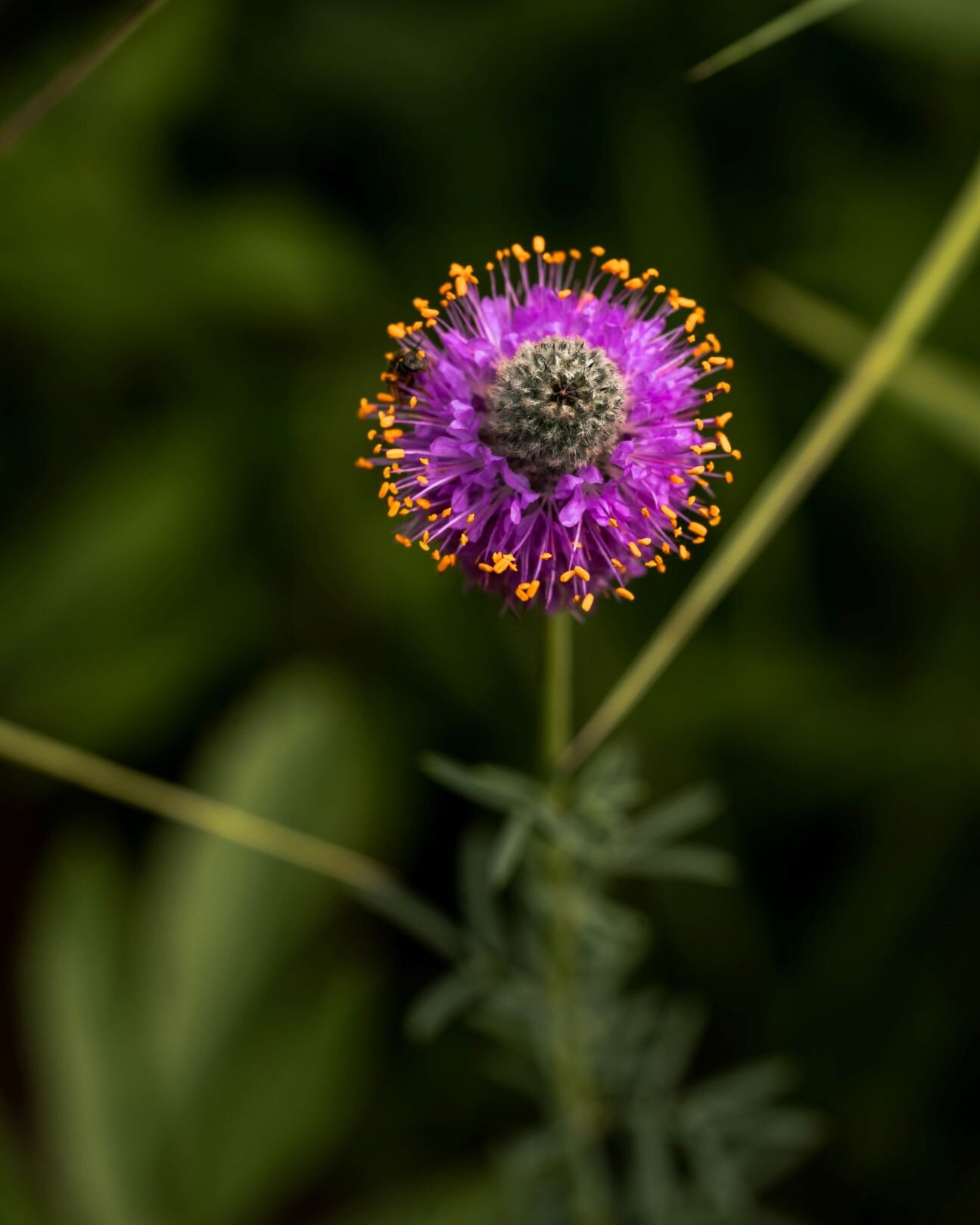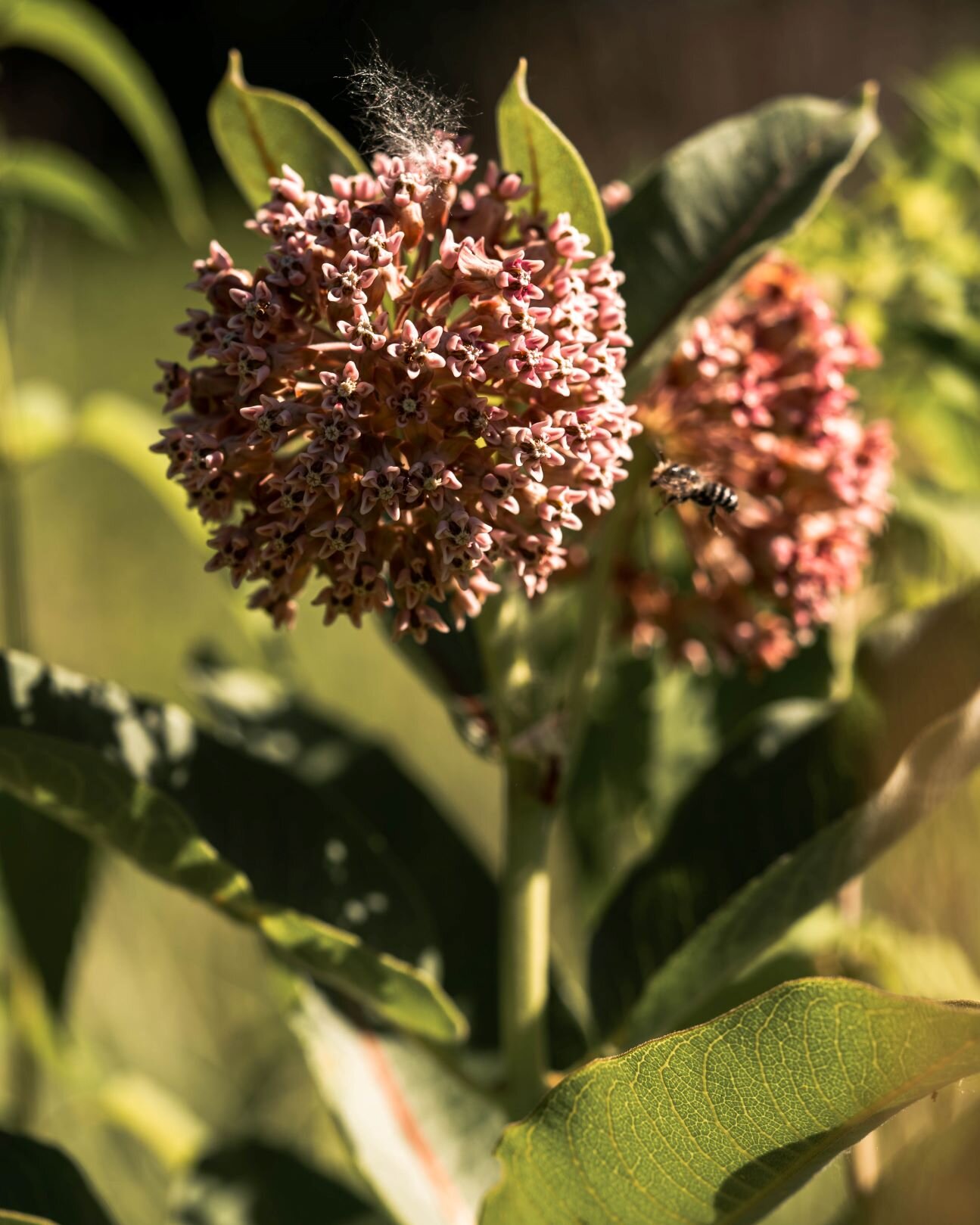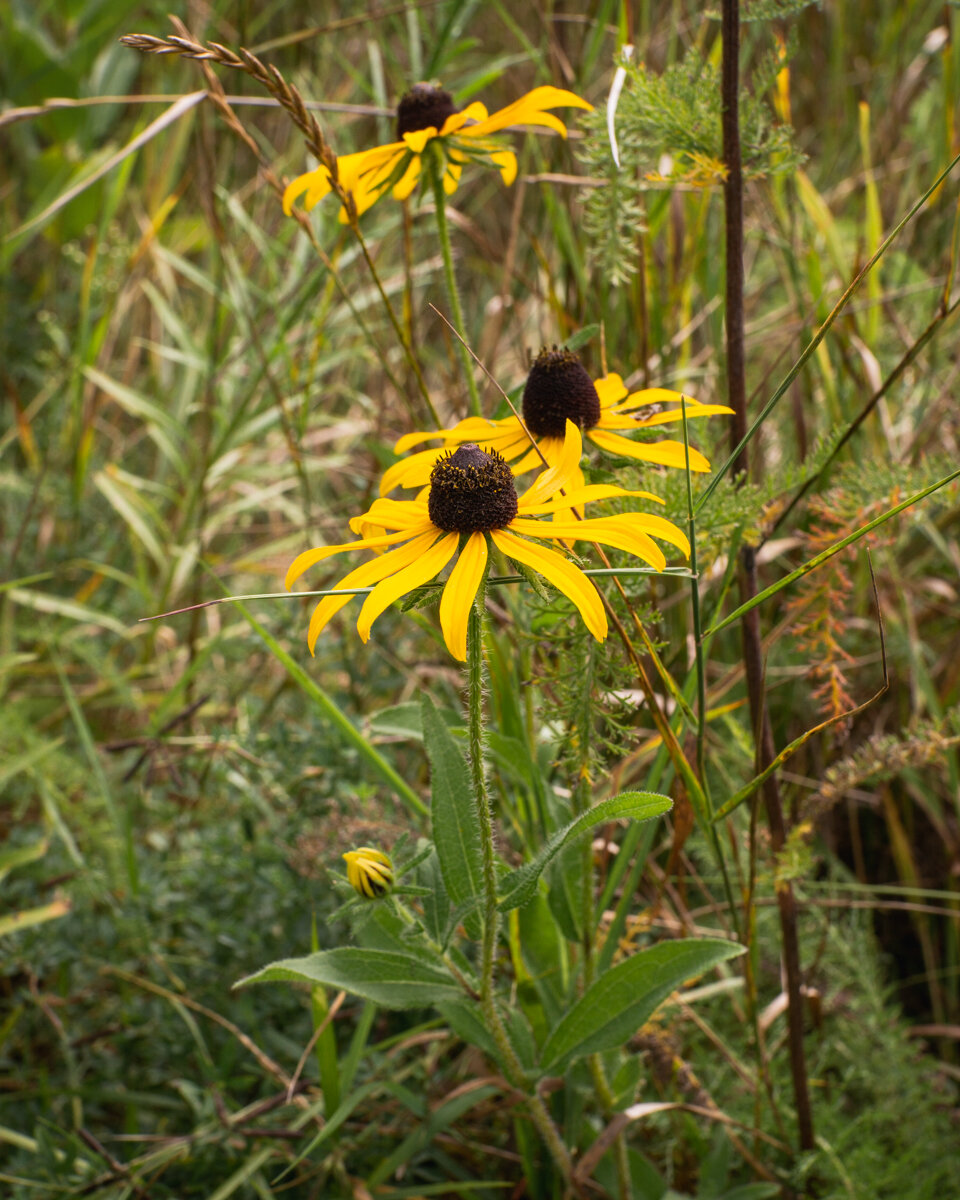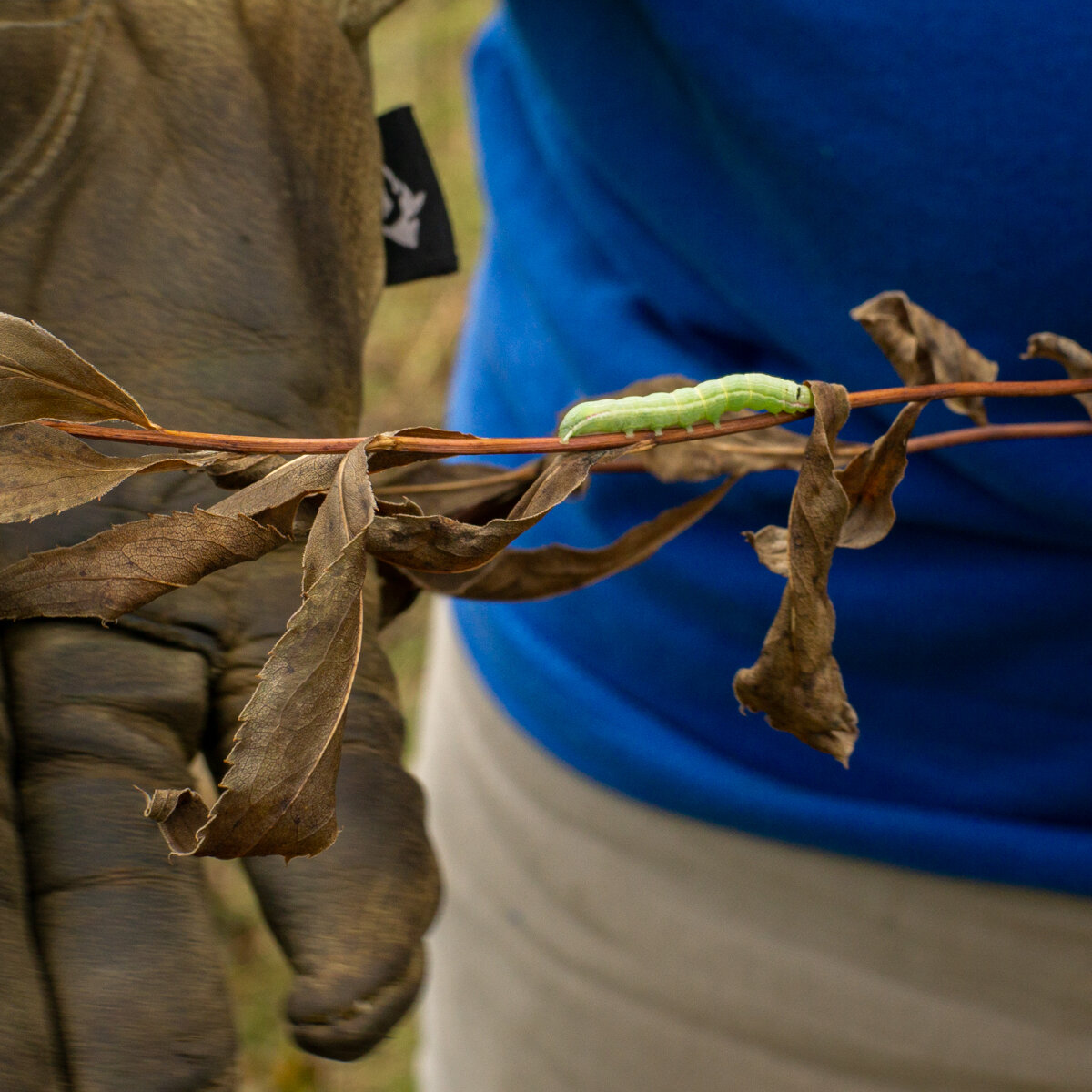Pollinators
Pollinators are one of our most important natural resources. They play a key role in food production and ecosystem function by pollinating a variety of plant species. They are an important link to ensuring that agriculture remains strong, and native species continue thriving and multiplying. There are many different kinds of pollinators: butterflies, bees, moths, beetles, and native flies. All play a crucial role in healthy ecosystems.
There are hundreds of native pollinator species in Minnesota, including over 450 bee species. Unfortunately, several of these species are listed as threatened or endangered. Pollinator populations are declining, primarily due to habitat loss from landscape changes. Habitat restoration and native landscaping are excellent ways to reverse this trend of habitat loss.
We can offer guidance and assistance installing and maintaining pollinator plantings on large acreages or small yards.
Pocket Habitat
Also known as pocket prairies, these are small patches of native prairie grasses and flowers. Often planted in yards, along street boulevards, or in urban areas, these mini-habitats provide critical patches of food and shelter for pollinators amidst large developed landscapes. They are great for urban settings, private yards, or anyone new to pollinator and plant management.
Small scale
Great for urban and suburban settings
Lower maintenance requirements
Aesthetically beautiful
Easily customizable
Pollinator Lawns
Also known as flowering lawns, these are lawns composed of a combination of low-growing fescue grasses and flowering plants such as self-heal and clover. Unlike traditional lawns which are often singular in look and feel, pollinator lawns have a more natural look to them, as the grasses and flowers mix across the area. Also, unlike traditional lawns which are a food desert for pollinators, the flowering ground cover provides a valuable food source for pollinators. Pollinator lawns can be adapted to large or small areas, and require little maintenance once established.
Small-Large scale
Great for yards, street boulevards, fields, or open spaces
Low maintenance requirements
Pollinator Meadows
Pollinator meadows are similar to small prairies, and provide the best habitat value for pollinators. They are best for large areas of land such as multiple acres, as well as areas that want a more natural prairie look and feel. Pollinator meadows are seeded and maintained similar to a prairie establishment.
Large scale -ideal for large areas
Best habitat value
Also provides wildlife and bird habitat




